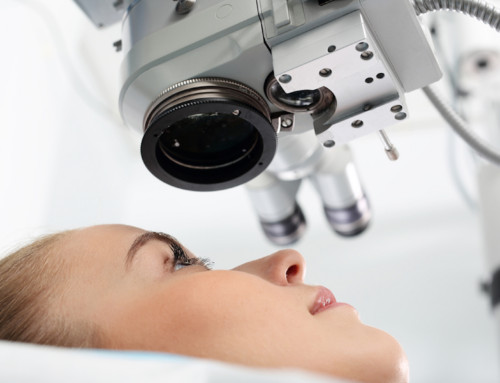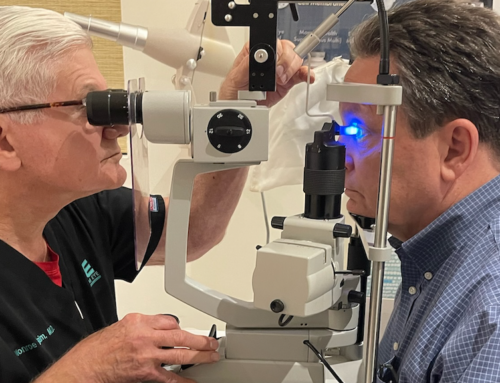Diabetes is a major cause of many eye problems. Additionally, those with diabetes have a high risk of going blind, in comparison to those without diabetes. However, it is possible for patients to preserve their vision and eye health. If you have diabetes, it is very important that you get your eyes checked regularly to detect any problems as early as possible.
Unfortunately, Diabetes patients have a higher risk of developing various serious eye conditions. For instance, people with diabetes are about 40% more at risk of developing glaucoma, in comparison to people without diabetes. The longer a patient has diabetes, the higher the risk of suffering from glaucoma. Cataracts are also more likely to develop in people with diabetes. While cataracts are still common among those without diabetes, people with diabetes are likely to develop them at a younger age and experience a faster progression.
Diabetic retinopathy is the general term used for all the retinal disorders that result from diabetes. Diabetic retinopathy comes in two major types: proliferative retinopathy and nonproliferative retinopathy. Nonproliferative retinopathy is the more common form of retinopathy where the capillaries located in the back of the eye swell and form pouches. There are three stages of the condition as the blocked blood vessels increase in number. Over time, the fluid can leak out of the capillaries and collect at the macular and cause for it to swell up. This condition is known as macula edema where the vision may be blurred or completely lost. Macula edema can be treated to stop and to even reverse the loss of vision. Some people with diabetes experience a few years’ progress of their retinopathy to cause proliferative retinopathy. This condition results in damaged blood vessels that are closed off. In response, the retina starts growing new blood vessels that may be weaker and cause leaks that may block vision. This condition is known as vitreous hemorrhage. The new blood vessels may also promote the growth of scare tissue which may result in retinal detachment in which the retina is distorted or pulled out of place.
Retinopathy is influenced by blood sugar levels, blood pressure, the time period in which you had diabetes and your genes. Those who have had diabetes are more likely to develop retinopathy. Nonproliferative retinopathy can develop in everyone with type 1 diabetes and most people with type 2 diabetes. Most people who have nonproliferative retinopathy display no symptoms. Even with proliferative retinopathy, the symptoms don’t occur until the condition has progressed. Therefore, if you have diabetes, getting your eyes regularly examined is an absolute must to preserve your vision and eye health.
 New Address:
New Address:




